Supreme Court of Queensland Issues Costs Guidelines
Practice Direction 22 of 2018
The Supreme Court of Queensland has for the first time issued guidance as to the appropriate percentage uplift to professional fees to be allowed pursuant to Item 1 of the Scale of Costs (the Scale) contained in Schedule 1 to the Uniform Civil Procedure Rules 1999 (UCPR).
Background
On 24 August 2018, the scales of costs in the UCPR were updated and as a part of those updates, the scales of costs for work undertaken in the Supreme Court of Queensland and in the District Court of Queensland (which had previously existed as Schedules 1 and 2 to the UCPR, respectively) were amalgamated.
Item 1 of the Scale (which had existed in substantially the same form in both Schedules 1 and 2 prior to their amalgamation) provides for an additional allowance to be made over and above the allowances otherwise provided for professional fees in the Scale for ‘General care and conduct’.
Item 1 then sets out a list of factors which must be considered when arriving at an appropriate allowance for general care and conduct.
Historically, allowances for general care and conduct have in practice been calculated by reference to a specified percentage of the professional costs that had otherwise been claimed/allowed by reference to other items in the Scale. Allowances ranged anywhere between 15% to 35% of professional costs otherwise allowed, most commonly falling between around 20% to 30%.
In its current form, Item 1 of the Scale now also provides for the issue of guidelines for the calculation of the general care and conduct allowance in practice directions by the Chief Justice.
Practice Direction 22 of 2018
Practice Direction 22 of 2018 was issued on 10 September 2018 and is entitled “Costs Guidelines”.
The practice direction provides guidelines for the application of Item 1 of the Scale, with its centrepiece being a comprehensive table providing an appropriate range of percentage allowances depending upon the quantum and complexity of each matter.
By way of example, in the Supreme Court:
- A ‘straight forward’ claim where the amount involved does not exceed $2M would attract an uplift between 15%-20%;
- A ‘straight forward’ claim where the amount involved exceeds $2M would attract an uplift of between 20%-25%;
- A ‘complex’ claim where the amount involved does not exceed $2M would attract an uplift between 20%-30%; and
- A ‘complex’ claim where the amount involved exceeds $2M would attract an uplift of 25%-35%.
The table also provides for many other circumstances, including those in the District Court, where the allowances are lower across the board.
The practice direction also provides that characterisation of a matter as straight-forward or complex is to be made on a case-by-case basis, with the intention being that about half of the work in each court will fall into each category.
No doubt over time judicial authority will begin to emerge which will assist in identifying where the line between a ‘straight forward’ and ‘complex’ matter lies.
For those wishing to view it, a copy of Practice Direction 22 of 2018 may be accessed here.


